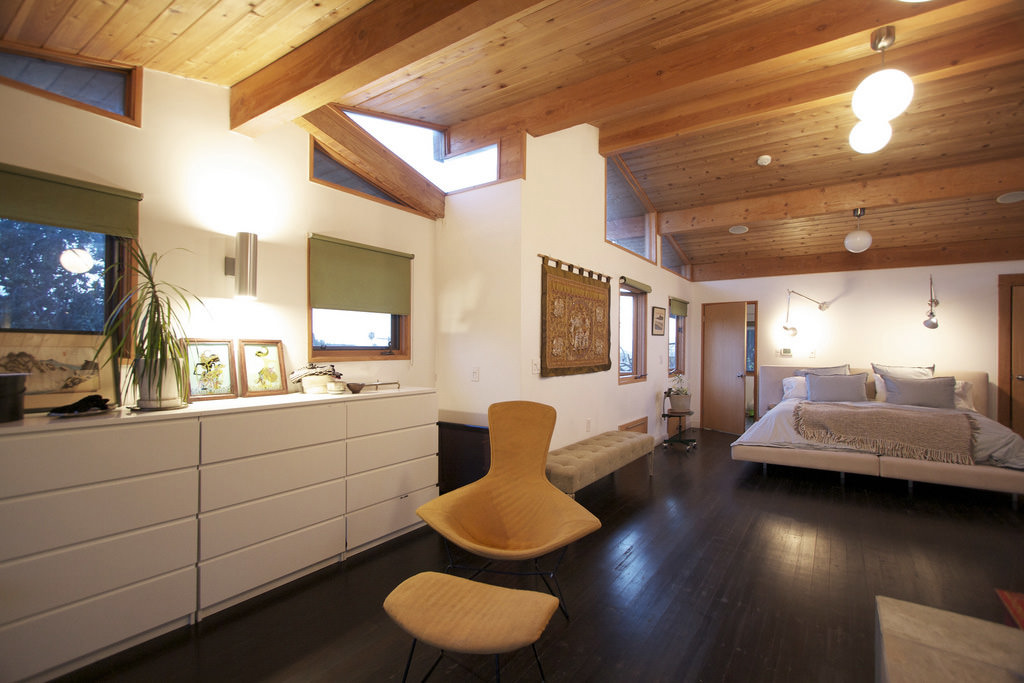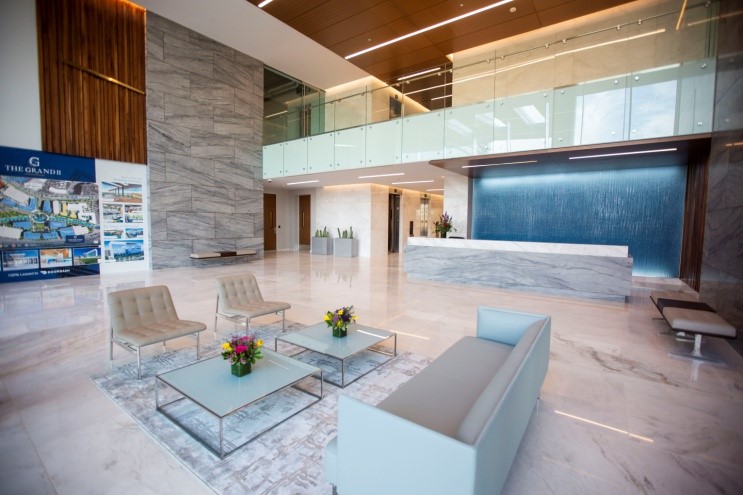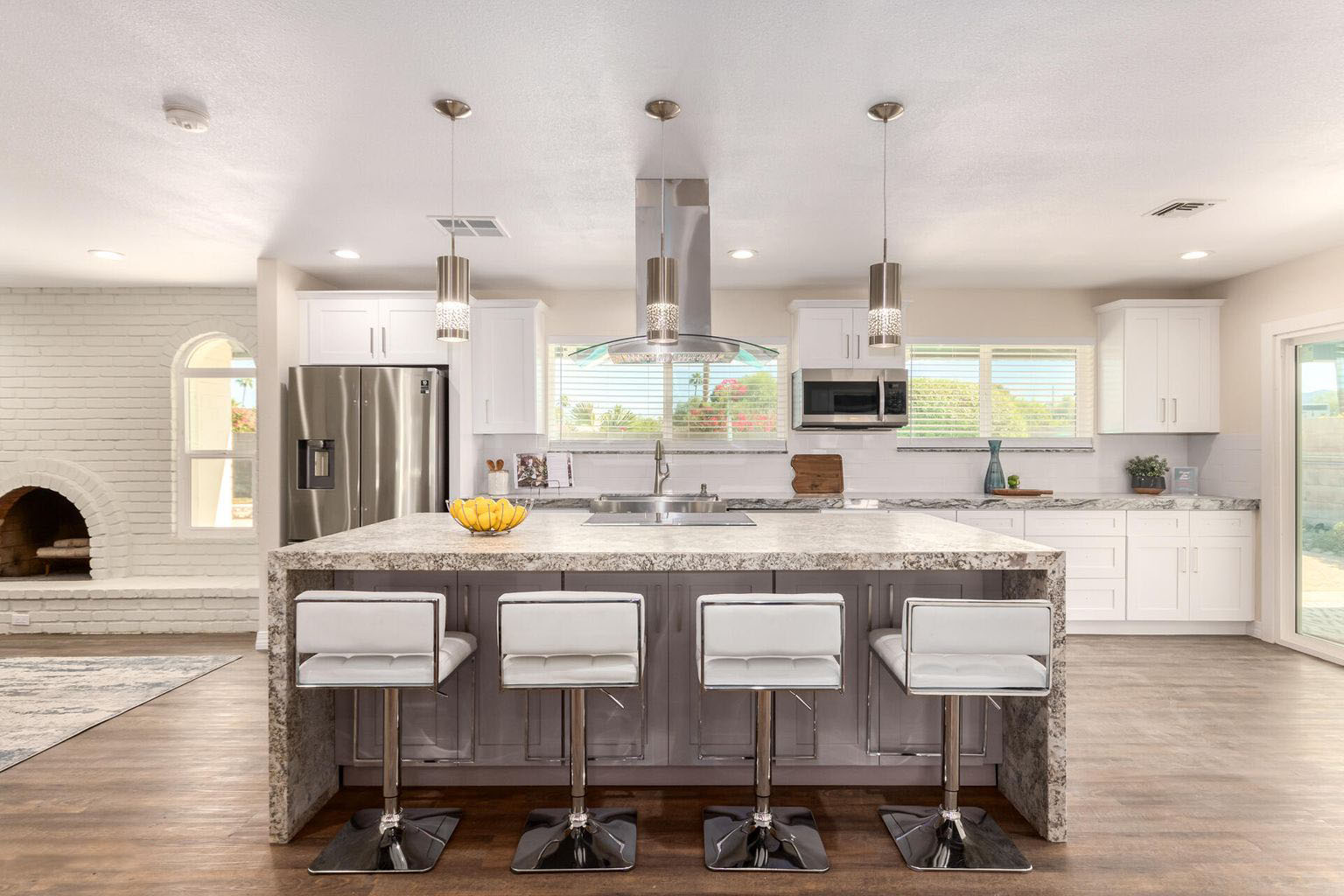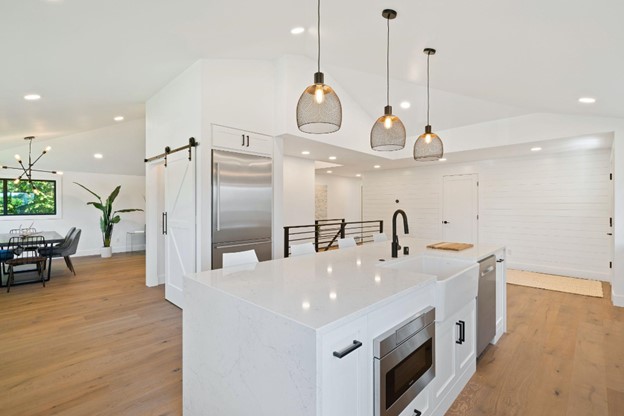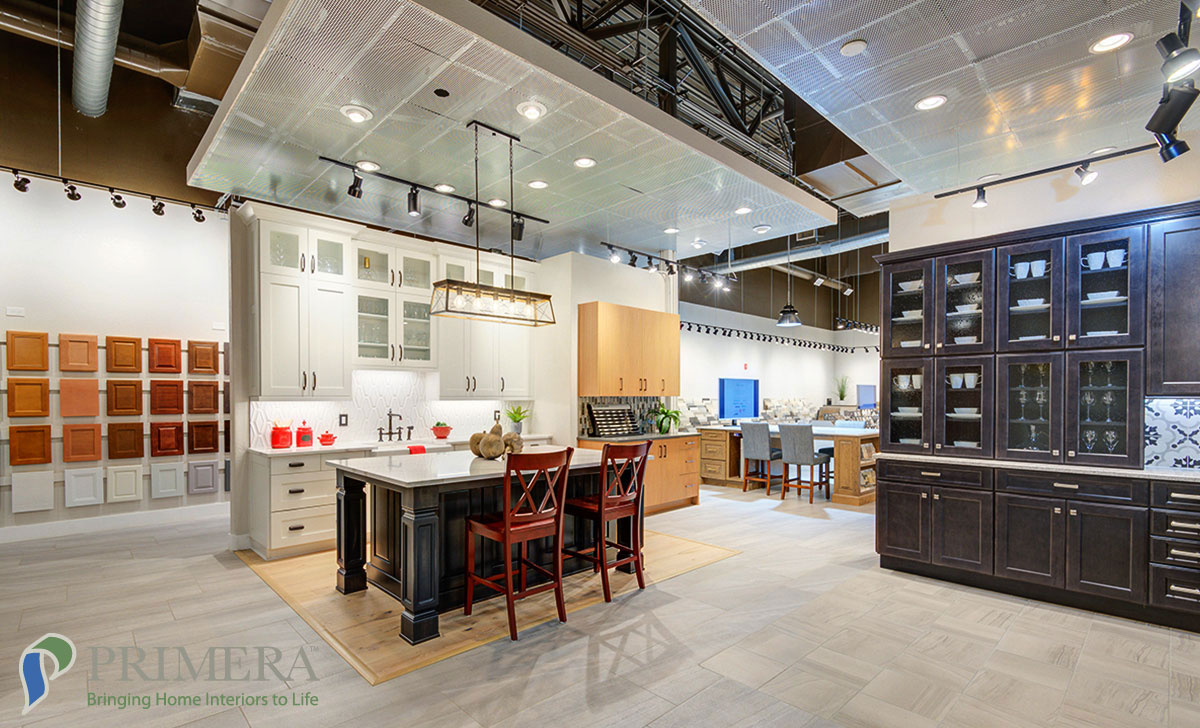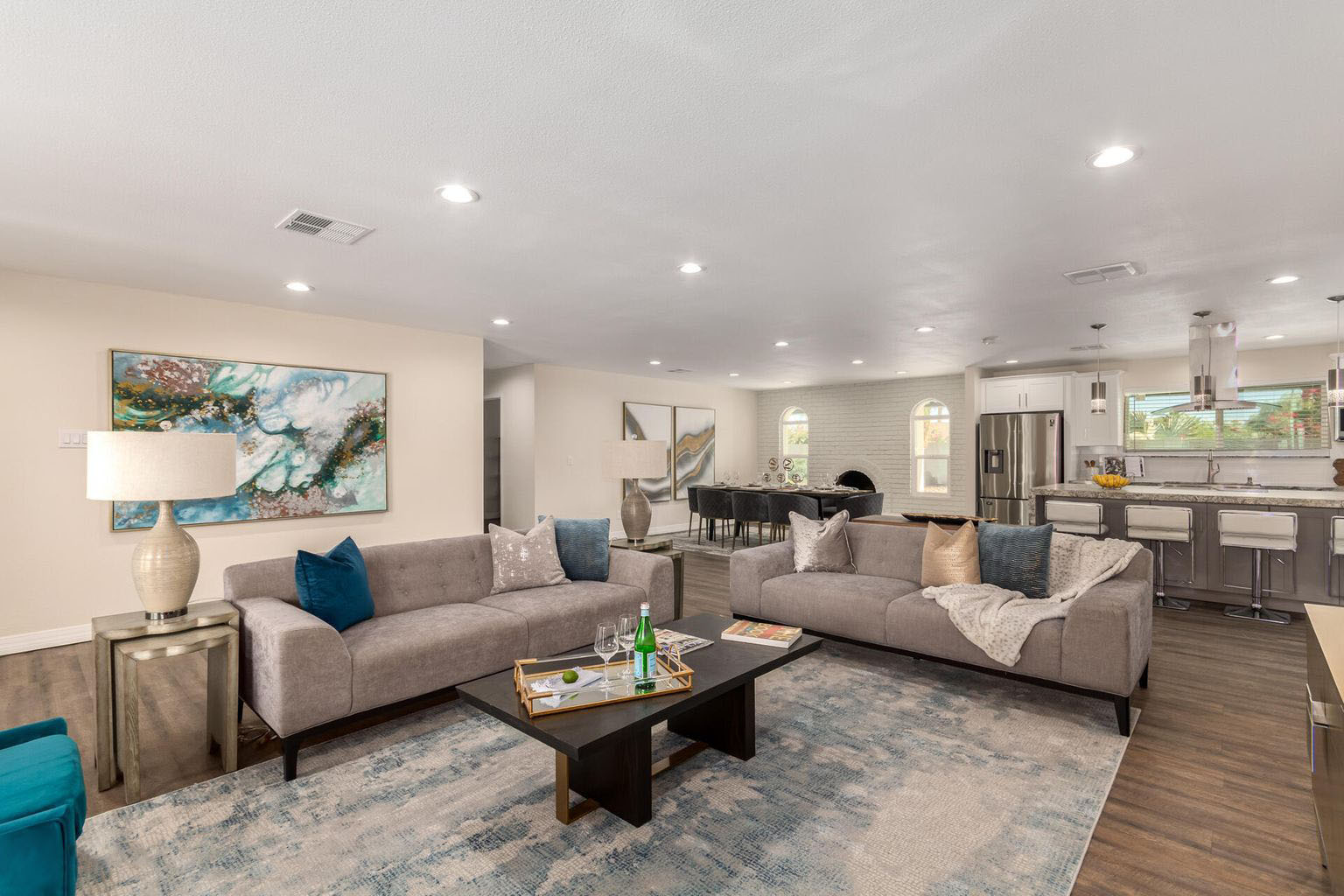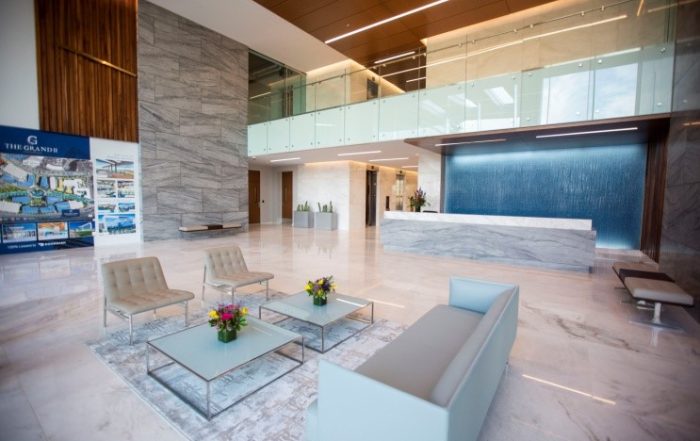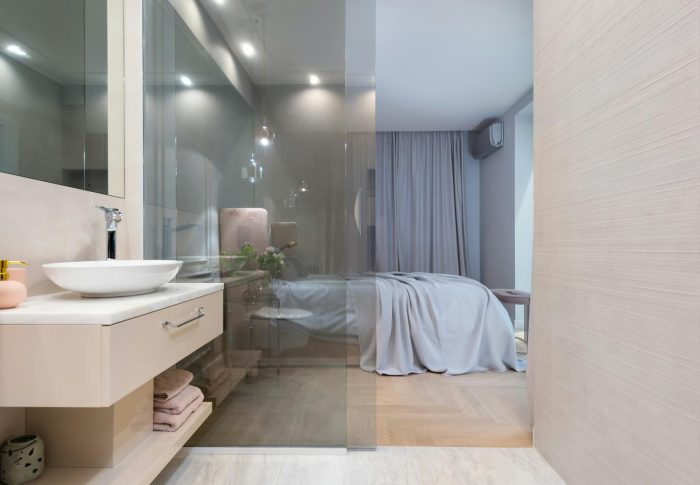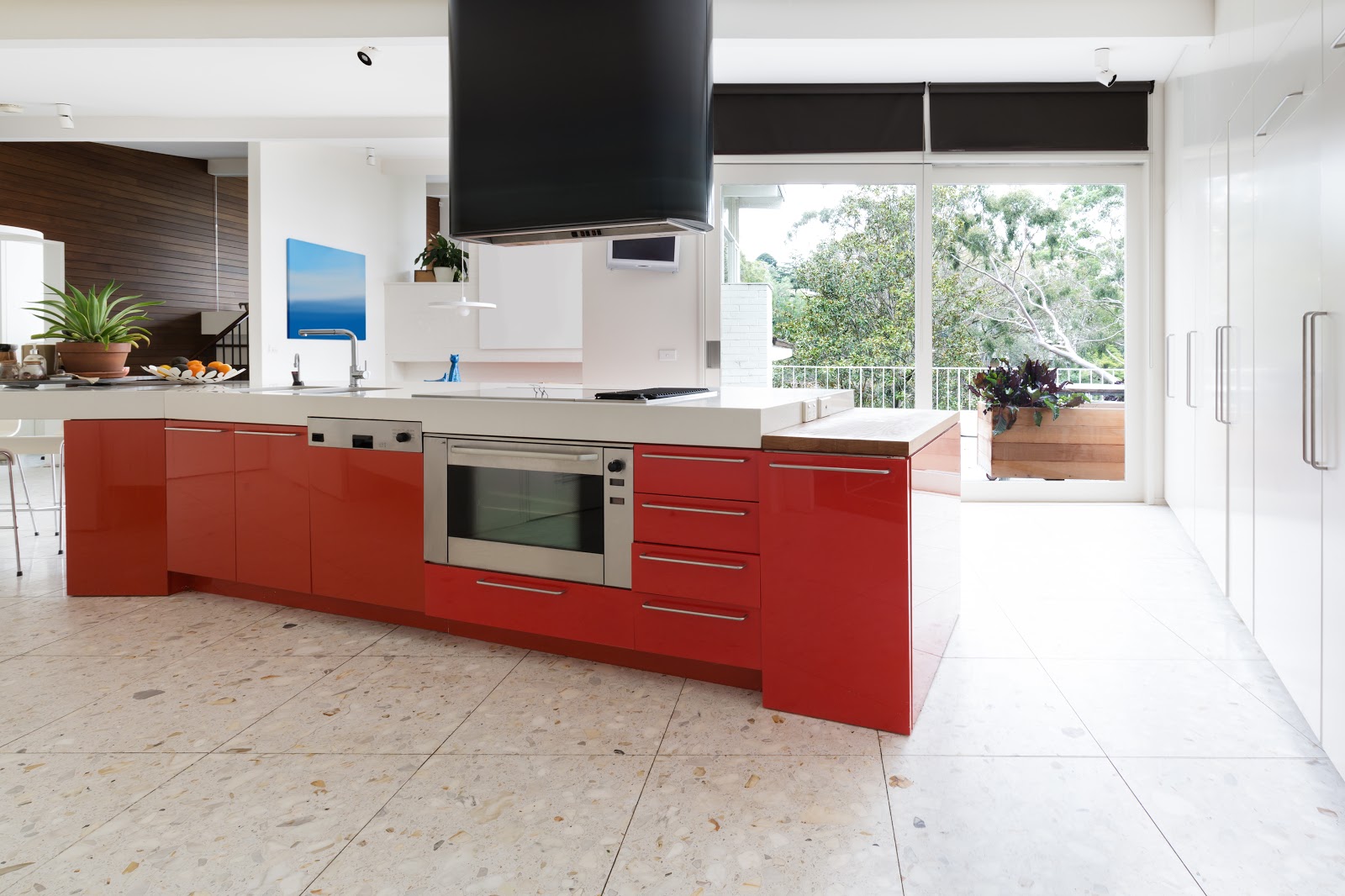With a goal of distinguishing themselves from “cookie-cutter” national chains, boutique hotels are characterized by their small size (typically fewer than 100 rooms), personalized service, and unique sense of style, which is often based on a distinct theme. The hotel’s interior design choices play a key role in creating this unique style, from paint colors to artwork to interior finishes such as flooring and window treatments.
In seeking to create memorable spaces that guests will want to revisit, here are a few key steps that boutique hotels should take in the interior design process:
Evoke a specific mood
One of the main features that distinguishes boutique hotels from their “big-box” counterparts is a distinctive style, from urban and contemporary to historic and romantic to minimalist and relaxing. No matter the hotel’s chosen style, it’s important that it is incorporated throughout the property in order to evoke a specific mood in guests that will make them remember their stay. One of the most effective ways to do this is through the décor and other interior design choices found in common areas and guest rooms. As a few examples, a hotel may choose to incorporate hardwood flooring to create a sense of warmth and classic elegance, tile flooring with unique patterns or colors to add visual intrigue, dramatic window coverings to enhance a romantic vibe, or marble countertops to reflect luxury and opulence. Hotels can also evoke a particular mood through its choice of paint colors, lighting, and artwork.
Showcase the local culture
Many boutique hotels aim to reflect the unique culture of the city or region in which they are located, giving guests an immersive and authentic experience that they likely wouldn’t have at a large chain hotel. To showcase the area’s culture, hotels might choose to incorporate locally sourced textiles in the guestrooms, artwork made by local artists, and locally grown ingredients at the onsite restaurant or bar. Another option is to choose building materials that reflect the local culture—for example, a hotel in the Southwest may incorporate Spanish tile flooring or richly hued wooden beams, while a hotel near the beach may install plantation shutters to create an airy, tropical look.
Focus on sustainability
Many of today’s hotel guests—particularly those who stay at boutique hotels—are increasingly concerned about sustainability and the impact of their travels on the environment. Hotels can address these concerns in numerous ways, from using reclaimed wood flooring to incorporating energy-efficient light fixtures to eliminating single-use plastic amenities in guest bathrooms. When considering interior finishes, some of the most eco-friendly materials (in addition to reclaimed wood) include:
- Bamboo, which can be used in flooring and furniture.
- Natural stone, such as granite or marble—particularly options that contain pre- or post-consumer recycled materials.
- Cork, which can be used in flooring, walls, furniture, or even as insulation.
- Recycled glass, a colorful, creative option for countertops and more. In addition to being one of the most environmentally friendly materials, recycled glass is heat- and stain-resistant and brings a unique aesthetic to any space.
Attention to detail
As with any design project, attention to detail is key when striving to create memorable spaces in a boutique hotel. All finishes used should be cohesive and thoughtful, with each element working together to create a unified aesthetic. This may include matching hardware finishes, choosing complementary colors and textures, and incorporating details like unique light fixtures or decorative tile accents. The details should reflect the overall mood and theme of the hotel while contributing to a one-of-a-kind guest experience.
In the crowded hospitality landscape, hotels must deliver an excellent blend of service and ambience in order to distinguish themselves from the competition. For boutique hotels seeking to create memorable experiences for their guests, interior design choices—from finishes such as flooring and countertops to minor details like decorative pieces—can have a significant impact.
At Primera, we have over four decades of experience delivering large-scale commercial projects, including work for major chains and boutique hotels (such as the trendy Kimpton Hotel Palomar in downtown Phoenix). We are pleased to help contractors, interior designers, and their clients bring their interior dreams to life with the assistance of our expert design consultants and state-of-the-art design centers. We offer a vast selection of products, including flooring, countertops, window treatments, and cabinets, to help boutique hotels and other properties cultivate a unique aesthetic that reflects their brand. To learn more about what we offer, call us today at (866) 752-7336!
